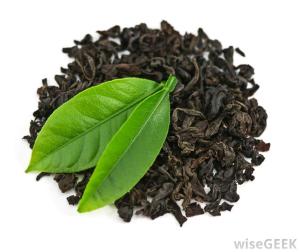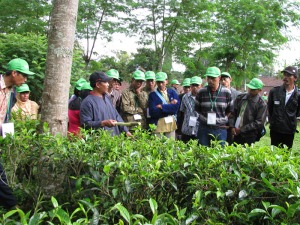I’ve had a lot of fun exploring the world of tea leaves and flavors with you thus far, but there is still so much more to learn about tea and its place in the world. It grows and changes in significance as cultures do, and we’ve already discussed that it is the most widely consumed beverage in the world next to plain ‘ol water. It started as a medicine and became a lifestyle, and there is much to gain from its consumption. But I have barely scratched the surface with you. I hope to continue bringing you more information and interest about the world of tea, but in the meantime I wanted to leave you with other places to continue your exploration of this global phenomenon.
If you’re interested in documentaries, there is one called “All in This Tea” Which is an exploration into Chinese tea production and the dangers posed to the ancient tradition of a high quality cultural beverage, which has been giving way to cheaper mass-produced variations that have abandoned many traditions and tea growing principals that made the tea of China’s past days so coveted. Here’s a preview:
Tea is also an agricultural product steeped in ethical issues in terms of the conditions under which is it is farmed and marketed. Much like the exploitation found in the coffee-growing business, tea farming has reflected that trend for centuries starting with the tea plantations and continuing into today with labor being compensated for way under what is necessary for citizens of some under developed countries to thrive. Thus, the need for fair trade organizations. I discussed this in a previous post, but it is worth mentioning again. If you’re passionate about your tea and about being an activist, check out some of the NGOs that support fair trade in tea, such as Ethical Tea Partnership, and this site which tells you about sustainable and fair trade companies that sell tea.
Go out and do your own research about the beverage you love and feel free to discuss some of your findings with me. There is more economic significance to it than even I managed to discuss in previous posts (Consider Burma and the tea farmers’ strife), and the traditionally large producers such as India, who has its own government organization dedicated to the tea market; China, the mother of tea which faces issues with mass production of tea as it does with many of its modern markets; or Japan, where tea still plays a very central part to the country culture as a whole.
This one special plant is very central to life and livelihood in Asia, and it is a subject worth looking into. If you started with me, I’m glad we could learn more about it together.
Related articles
- Fairtrade Tea! (icraccom.wordpress.com)
- Why Tea Is Better Than Coffee? (prateekchakraborty.wordpress.com)











